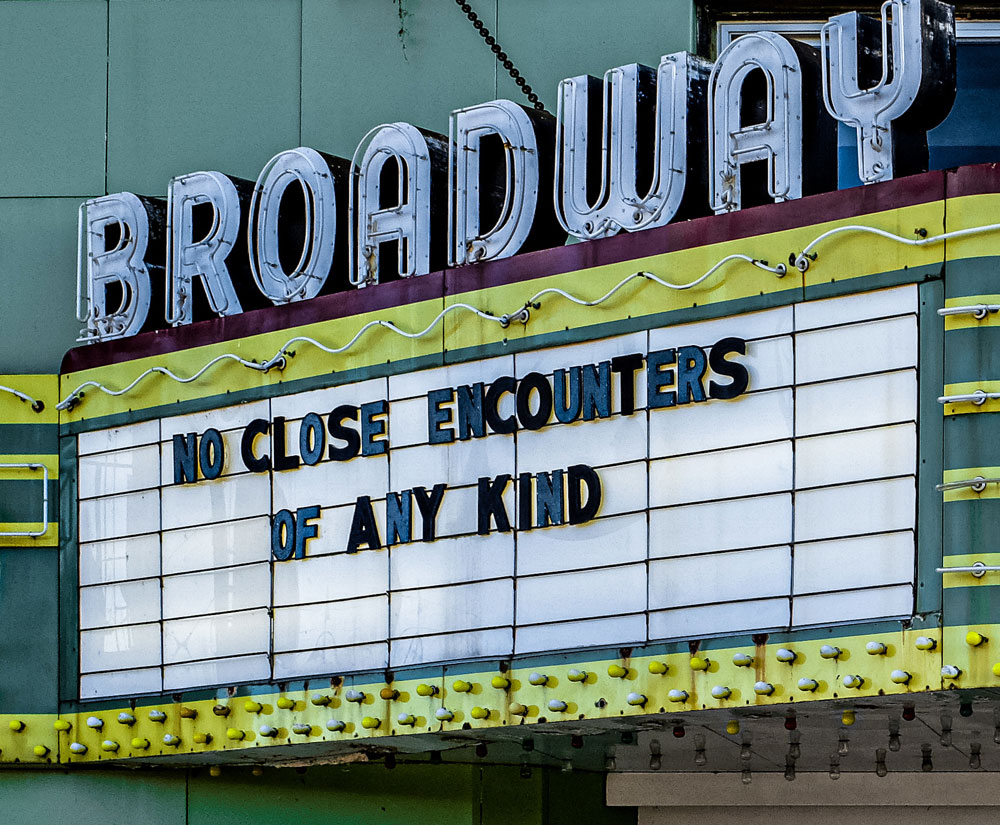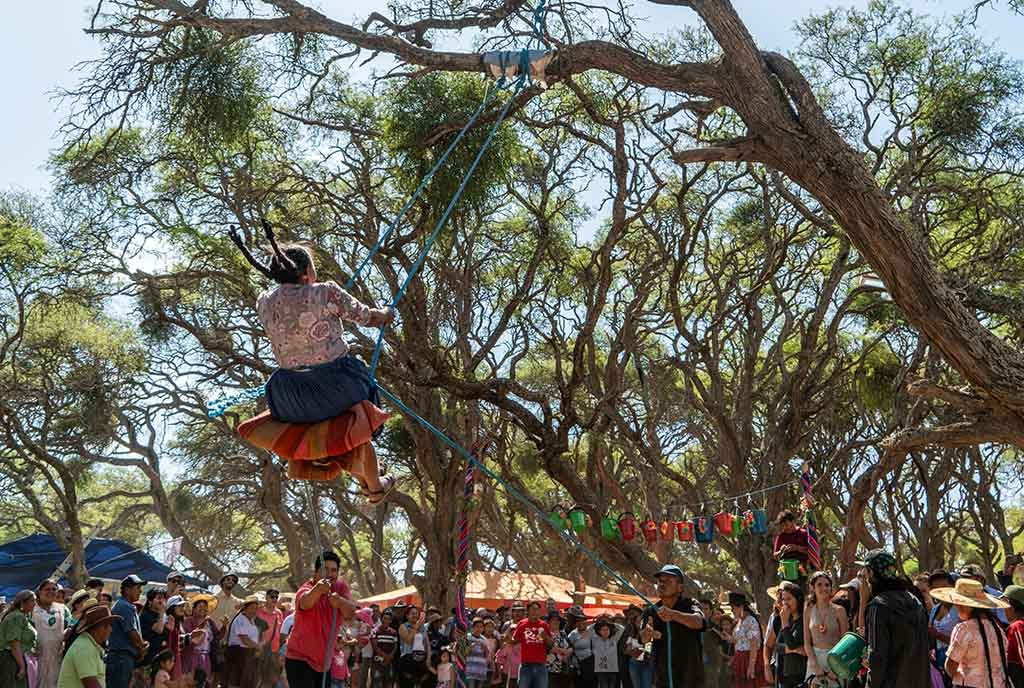
June 22, 2020; Patch
The COVID-19 pandemic has had a profound effect on the arts. Museums closed. Movie theaters shuttered. Theaters across the country went dark. Concerts were canceled. Indianapolis, for example, has been affected by nearly 20,000 arts and culture closures and event cancellations since mid-March, according to the Arts Council of Indianapolis’ surveys and assessments.
These closures and disruptions have not only had a devastating effect on many artists, writers, and cultural groups’ operations, but they’ve also isolated the public from one of the things needed most right now: the connection from sharing arts experiences.
As states begin to open and the “new normal” is embraced, people are looking for inspiration during a stressful time. In line with the evidence review, The Value of Arts and Culture to People and Society by Arts Council England, arts and culture illuminate our inner lives and enriches our emotional world. They also have an impact on our physical and mental health, our social well-being and cohesion, and our economy.
According to the Miami-Dade Department of Cultural Affairs, local groups are experiencing mounting losses from canceled performances and fundraisers as well as closed facilities. As of the end of May 2020, the total financial loss amounted to nearly $43 million, with over twelve percent of arts and cultural jobs lost permanently or temporarily. Cultural groups were also hit with additional expenses to cope with the pandemic, totaling nearly $4 million. On the other side of the country, Oregon is experiencing similar losses. It was reported in Herald and News that the community projects collectively lost $40 million and an average of $121,281 through June 30th.
When the performing arts do reopen, of course, social distancing guidelines will decimate their ticket revenue, at least for onsite events.
Sign up for our free newsletters
Subscribe to NPQ's newsletters to have our top stories delivered directly to your inbox.
By signing up, you agree to our privacy policy and terms of use, and to receive messages from NPQ and our partners.
“Arts and cultural organizations play a vital role in our community, and we know they are under tremendous strain as they navigate challenges related to the COVID-19 pandemic,” said Ronni Kloth, Lilly Endowment’s vice president for community development, as quoted in the Indianapolis Star.
“Without any earned revenue, we are relying entirely on philanthropy and government support,” reported the Portland Art Museum to Herald and News.
The need for funding is being recognized across numerous states. Grants are now being offered to allow arts and cultural groups to retain employees, obtain new equipment, alter physical environments to maintain social distancing, or modify programs and services. For example:
- Six Maine cultural organizations will receive grants totaling $731,189 from the National Endowment for the Humanities to help the nonprofits retain employees and continue essential operations during the current economic crisis, as shared in Mainebiz.
- The Wisconsin Humanities CARES Relief Grant program distributed over $300,000 in its first round of grants to humanities and cultural organizations to help them cope with financial hardship caused by the coronavirus pandemic. A second grant round opened that will make awards totaling about $240,000 according to the Vernon County Broadcaster.
- According to the Oklahoma City Patch, emergency relief grants of up to $24,000 are available for local cultural nonprofits that responded to the pandemic by expanding services or performing new services or experienced significant revenue decline. The grants are funded by a federal Community Development Block Grant (CDBG) allocation approved by the Oklahoma City Council.
- In Dallas, TX, The Arts Community Alliance (TACA) established a special fund in late March to provide short-term immediate relief to Dallas County nonprofit arts organizations in the wake of the COVID-19 pandemic. As shared with NBC Dallas-Fort Worth, recipients received grants ranging from $3,000 to $10,000.
- The Oregon Cultural Trust hopes to create an emergency relief funding program for local organizations pending legislative consideration of its Emergency Cultural Relief Fund proposal, which would deploy up to $10 million of its $29 million permanent fund.
Many cultural organizations rely on large gatherings for ticket revenue. That makes them one of the business sectors most severely affected by the crisis. Due to the indefinite ban on large gatherings and the overall nature of their business, arts and cultural organizations will also be among the slowest to open. Then, once they do open, it will be, at least at first, to lower density crowds. However, the various sources of funding available to support these groups will allow them to provide critical programming, especially in low-income areas, and support local artists with careers that have been put on pause.
The arts play a significant role in bringing hope to our communities and these much-needed funds will help to mitigate the effects of COVID-19 and help many organizations and individuals make their comeback.—Deidre Fraser













